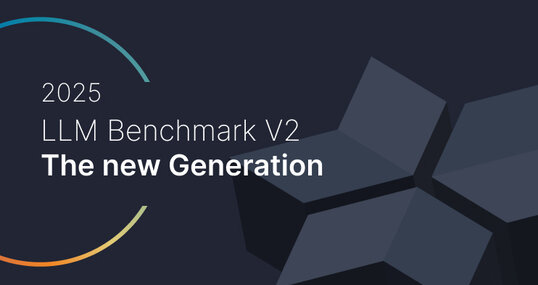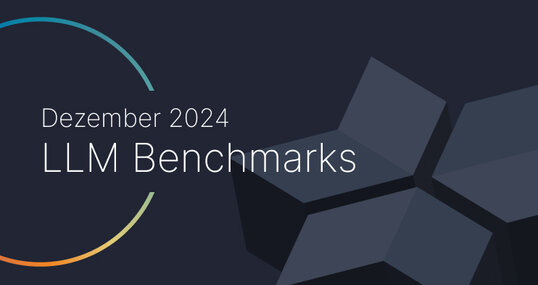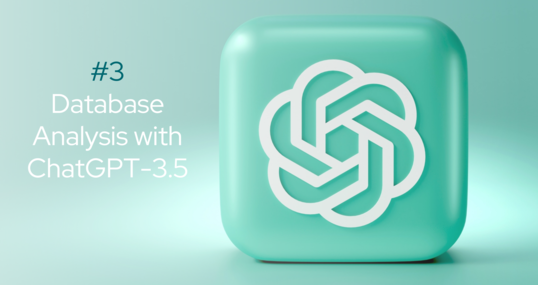Authors: Mark Drozdov, Artur Sogomonyan and Ilya Belov

Mark Drozdov, Artur Sogomonyan, and Ilya Belov proudly secured second place at the AIM Hackathon 2024! Their project addressed the critical issue of greenwashing, with an ambitious goal to create a scalable tool that detects misleading sustainability claims in ESG reports. Leveraging Retrieval-Augmented Generation (RAG) and Large Language Models (LLMs), they took a meaningful step toward enhancing transparency in corporate sustainability practices.
Why greenwashing?
Greenwashing is a widespread problem. Companies often claim to be “sustainable” or “eco-friendly” without proper evidence. The developed solution aims to automatically detect greenwashing by analyzing ESG reports and assigning a trustworthiness score.
Key Types of Greenwashing To Detect:
Z1 Hidden Alternative Costs (Compromises)
Z2 Lack of Evidence in Communicating Marketing Activities
Z3 Lack of Accuracy
Z4 Lack of Transmission into Real Product Features
Z5 Lesser Evil
The team focused on these five because they’re easily detectable in text. They found clear examples of each in H&M’s 2021 Sustainability Report, previously flagged by the Changing Markets Foundation for greenwashing.
How RAG Works:
Document Upload: Users upload an ESG report, and the system extracts and cleans the text.
Retrieval: RAG pulls relevant examples from our dataset, which contains pre-labeled greenwashing examples.
Generation & Detection: The AI compares the new report to the retrieved examples and categorizes potential greenwashing.
Highlighting & Scoring: The system highlights greenwashing sections and assigns a trustworthiness score.
Continuous Improvement: With every new report uploaded, the system learns and improves.

Advantages and Future Improvements:
This tool can be used by investors, NGOs, auditors, and consumers to hold companies accountable for their sustainability claims. As more reports are uploaded, the system becomes smarter. Future improvements will include better fraud detection by integrating news and historical data.
At the end of the day, sustainability and digitalization can go hand in hand, and this tool will help us push towards a shared goal of making the world a better place.🌍✨

AIM Hackathon 2024: Sustainability Meets LLMs

Third Place - AIM Hackathon 2024: The Venturers

SAM Wins First Prize at AIM Hackathon

ChatGPT & Co: LLM Benchmarks for January

Part 1: Data Analysis with ChatGPT

ChatGPT & Co: LLM Benchmarks for December

ChatGPT & Co: LLM Benchmarks for November

ChatGPT & Co: LLM Benchmarks for September

ChatGPT & Co: LLM Benchmarks for October

Introduction to Functional Programming in F# – Part 8

Let's build an Enterprise AI Assistant

So You are Building an AI Assistant?

The Intersection of AI and Voice Manipulation

Strategic Impact of Large Language Models

Part 4: Save Time and Analyze the Database File

AI Workshops for Companies

Part 3: How to Analyze a Database File with GPT-3.5

LLM Performance Series: Batching

Creating a Social Media Posts Generator Website with ChatGPT

Open-sourcing 4 solutions from the Enterprise RAG Challenge

Part 1: TIMETOACT Logistics Hackathon - Behind the Scenes

Using a Skill/Will matrix for personal career development

My Weekly Shutdown Routine

Introduction to Functional Programming in F# – Part 6

Introduction to Functional Programming in F# – Part 5

Introduction to Functional Programming in F# – Part 2

Introduction to Functional Programming in F#

From the idea to the product: The genesis of Skwill

Introduction to Functional Programming in F# – Part 11

Introduction to Functional Programming in F# – Part 9

Innovation Incubator Round 1

Introduction to Partial Function Application in F#

Introduction to Functional Programming in F# – Part 4

Introduction to Functional Programming in F# – Part 10

ADRs as a Tool to Build Empowered Teams

So, I wrote a book

Innovation Incubator at TIMETOACT GROUP Austria

Introduction to Functional Programming in F# – Part 7

Celebrating achievements

Learn & Share video Obsidian

Running Hybrid Workshops

5 lessons from running a (remote) design systems book club

Introduction to Functional Programming in F# – Part 3

Introduction to Functional Programming in F# – Part 12

Ways of Creating Single Case Discriminated Unions in F#

Learning + Sharing at TIMETOACT GROUP Austria

Inbox helps to clear the mind

5 Inconvenient Questions when hiring an AI company

License Plate Detection for Precise Car Distance Estimation

8 tips for developing AI assistants

Process Pipelines

IBM Cloud Pak for Data Accelerator

Dashboards & Reports

Common Mistakes in the Development of AI Assistants

AI Contest - Enterprise RAG Challenge

Database Analysis Report

Sustainability

Standardized data management creates basis for reporting

Boosting speed of scikit-learn regression algorithms

Crisis management & building a sustainable future with AI

Artificial Intelligence in Treasury Management

Google Workspace: AI-supported work for every company

Teamworkx Issue Picker for Jira

Using NLP libraries for post-processing

Talend Data Integration

AI for social good

Building A Shell Application for Micro Frontends | Part 4

IBM Cloud Pak for Data

Expanding Opportunities with Generative AI

Artificial Intelligence & Data Science

IBM Watson Assistant

Operationalization of Data Science (MLOps)

How we discover and organise domains in an existing product

Make Your Value Stream Visible Through Structured Logging

Introduction to Web Programming in F# with Giraffe – Part 2

AI Factory for Insurance

The Power of Event Sourcing

Designing and Running a Workshop series: An outline

Designing and Running a Workshop series: The board

Part 1: Detecting Truck Parking Lots on Satellite Images

Why Was Our Project Successful: Coincidence or Blueprint?

Tracing IO in .NET Core

Part 2: Detecting Truck Parking Lots on Satellite Images

My Workflows During the Quarantine

Understanding F# applicatives and custom operators







